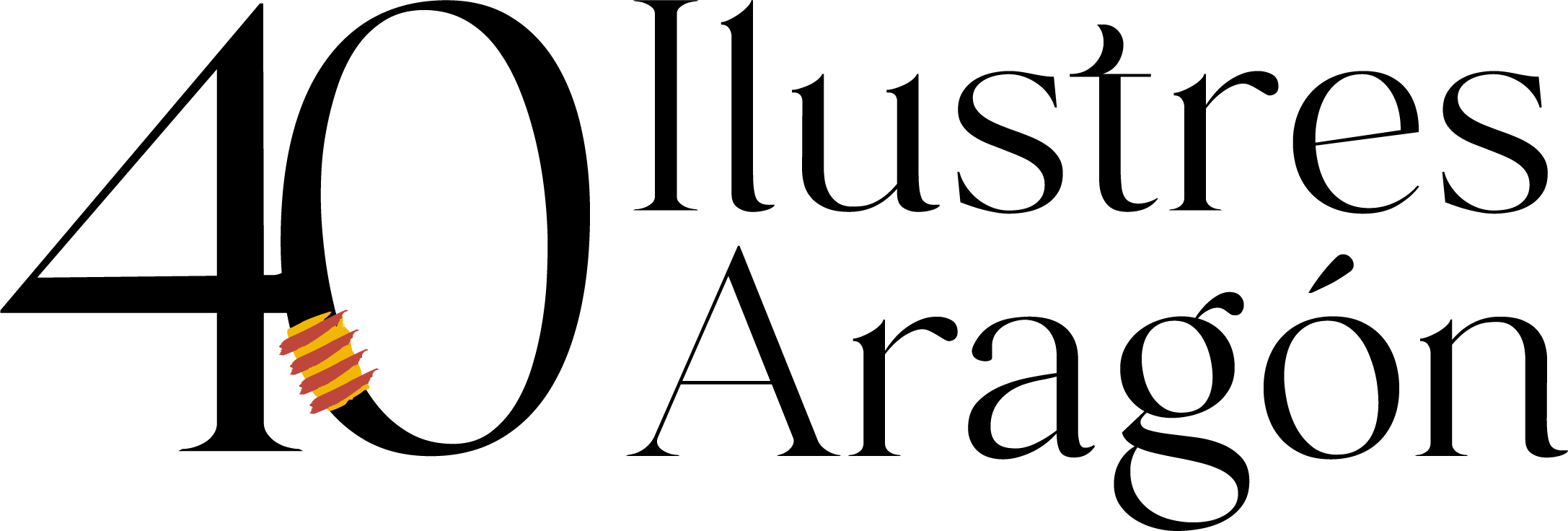Pedro alfonso
A valuable bridge between cultures
Circa 1050 – Circa 1120
The date of Pedro Alfonso’s birth is not known, nor is the date of his death. It is not known for certain where he came into the world and it is not known where he died. The only details of his life that have come down to us are found in the prologue of one of his books, Dialogue against the Jews. In it we are told that he lived in Huesca and that at the beginning of the 12th century he belonged to the local Hebrew community, in which he held a distinguished position, perhaps as a rabbi and physician.
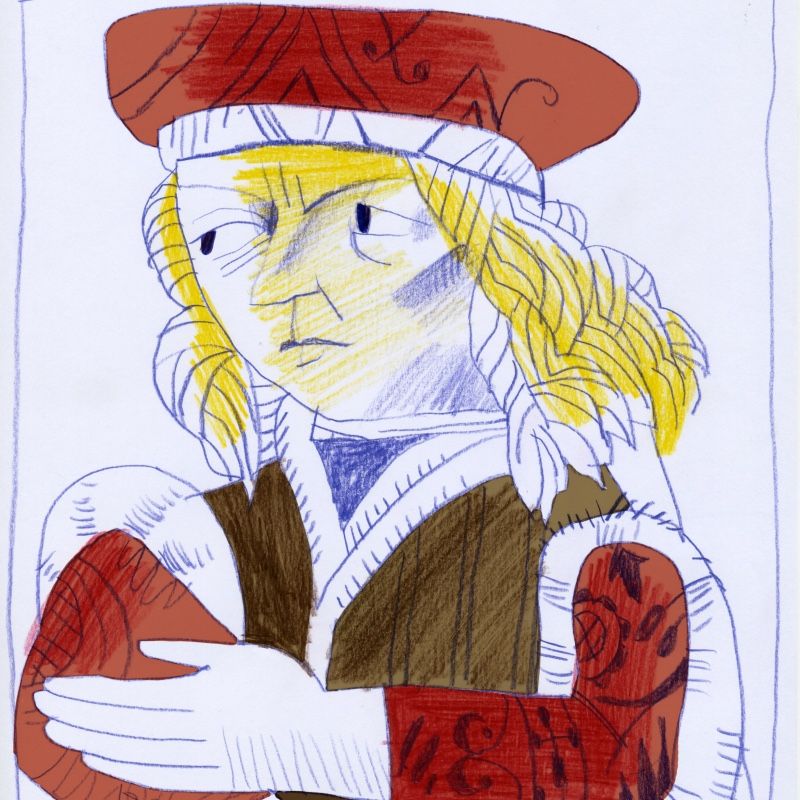
In 1106 he decided to abandon the religion of his parents, Judaism, and was baptised as a new Christian in the cathedral of Huesca, which caused a great scandal among the followers of his old faith. The godfather of the ceremony was none other than the King of Aragon, Alfonso I the Battler.
To silence the protests of those who opposed this radical change and accused him of being a traitor and of selling out for money or a position at court, he wrote a book, the aforementioned Dialogue against the Jews, in which he tried to justify his decision. He structured it as a conversation between Moses, his old self, and Peter, his new self. Each one defended his religion and did so in a didactic and sincere manner, with a conciliatory, moderate attitude, without fanaticism or intolerance. The worst offenders, however, were the Muslims, who were discredited. The text was widely circulated throughout Europe. And the accusations against Islam were used as an argument by Christian preachers to stir up wars and crusades.
In that book there were numerous scientific references, such as the statement that the Earth was spherical and not flat. This was already known in antiquity, but had been forgotten in many parts of Europe. This is because Pedro Alfonso was familiar with the main aspects of Arab science, the most advanced science of the time. His approaches, however, were always original, for he did not trust what he was told, whoever the author of the theories was, and he checked and revised everything.
It is known that Pedro Alfonso, who spoke and wrote in Hebrew, Arabic and Latin, travelled to England, perhaps to act as physician to King Henry I, and there he explained astronomy and how to calculate calendars and foresee eclipses, to the absolute amazement of the local wise men. His teachings, which included mathematics, geometry, music and medicine, were instrumental in bringing back to the West some of the lost knowledge of the Greeks and Romans, which had been preserved by the Muslims, and in disseminating important advances made by the latter.
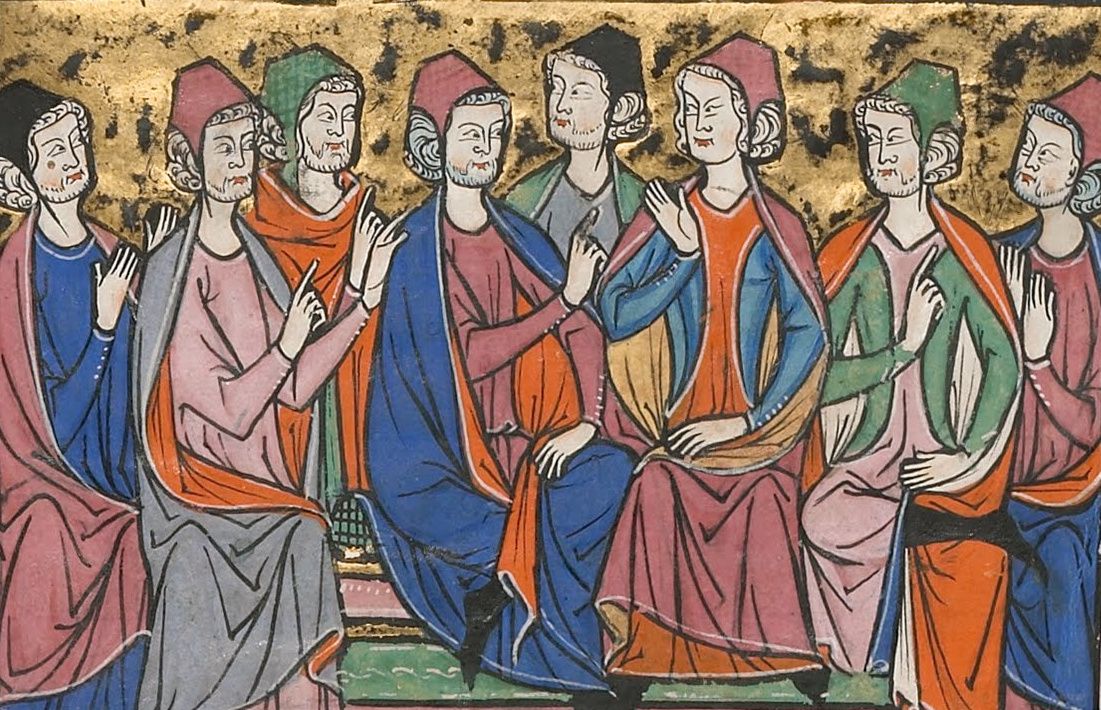
Literature
But if Pedro Alfonso is widely recognised today, it is not as a theologian or scientist, but as a writer. He was the author of a collection of short stories entitled Disciplina clericalis, which could be translated as “instruction of scholars” or “teaching of scholars”. It is considered by some to be the first medieval novel and undoubtedly had an enormous ascendancy for centuries in narrative throughout Europe.
It consists of more than 30 short stories written with a didactic purpose, as lessons and role models can be drawn from them. Most of them take the form of a dialogue between a teacher and a disciple or between a father and a son. These little fables extol virtues and denounce vices, warn of the fleeting nature of life and the need to value what is truly important, friendship and good conduct, and not success and riches, which can suddenly disappear. Advice is given on how to deal with the people around you, with the powerful and even with God. And it is all done in an entertaining way, with the usual touches of humour.
This type of story has its origins in the Eastern tradition. Many of them originated in India, Persia or Hebrew culture and were adapted by Arab writers, who gave them a particular air, as in the tales of The Arabian Nights. In the Iberian Peninsula, during Muslim rule, they were very popular and were later translated into Latin, so it is easy to trace their influence in numerous works of Castilian literature: Count Lucanor, El cantar de mío Cid, La Celestina, El libro del buen amor (The Book of Good Love)…
In the rest of Europe, the impact of Pedro Alfonso’s work was formidable. Disciplina clericalis was read in all countries and in so many versions that in the end it was believed that there were different works by different authors. After the invention of the printing press, its dissemination multiplied and its influence was maintained for centuries in popular tales and in writers of the stature of Boccaccio, Dante, Chaucer, Shakespeare, Molière, Cervantes, Lope de Vega, Zorrilla, Baltasar Gracián, etc., etc., who were usually unaware that the author of the texts that inspired them was an ancient rabbi who lived in Huesca in the middle of the Middle Ages.
References
- Pedro Alfonso (1980): Disciplina clericalis. Zaragoza: Guara Editorial, 1980.
- Mª Jesús Lacarra (2000): El cuento oriental. Zaragoza: CAI.
- Wikipedia: https://es.wikipedia.org/wiki/Pedro_Alfonso
- Gran Enciclopedia Aragonesa on line: http://www.enciclopedia-aragonesa.com/voz.asp?voz_id=9915
Teaching activities
The Pedro Alfonso era
A bit of history
Read the following text and observe the evolution of the living conditions of the Jews in the current territory of Aragon. Do you know when the first Jews arrived in the area and when they were definitively expelled? Look up information about some of the Jewish characters mentioned.
During the time of the Taifa kingdoms, Saragossa experienced a period of splendour that was reflected in the development of science, the arts and thought. Its kings surrounded themselves with poets, artists and scientists. Some of them professed the Jewish religion, such as the poet and philosopher Solomo Ibn Gabirol (whom the Christians knew by the name of Avicebrón) or Ibn Paquda, another outstanding writer and thinker, along with poets such as Yehuda ha-Leví from Tudela. The contribution of the Jews in the field of mathematics and astronomy was also important.
At the end of the 11th century, the Christian advance intensified. The Aragonese occupied the south of the Cinca and in Castile Alfonso VI conquered Toledo. Faced with this situation, several kings of the peninsular taifas requested the intervention of the Almoravids, who reigned in North Africa.
Shortly afterwards, the Almoravid empire reunified Muslim rule in the Iberian Peninsula. Only the Taifa of Saragossa remained independent. But in the north the kingdom of Aragon continued its expansion. In 1089 it conquered Monzón and in 1096 Huesca. Finally, in 1110, the Saracens king was defeated and killed near Tudela by Alfonso I the Battler and the Almoravids became masters of Saragossa, until the city was occupied by the Aragonese sovereign in 1118.
The situation of the Jews was to change with the Christian conquest and the expansion of the kingdom of Aragon. As it was necessary to repopulate and organise administratively the extensive territories conquered from Islam, the Aragonese monarch asked for the cooperation of the Jews, both those already living in the conquered areas and those arriving from Muslim territory fleeing the religious fanaticism of the Almoravids and their successors, the Almohads. While Muslims were moved outside the city walls, Jews were allowed to live in their former neighbourhoods. They enjoyed the protection of the king, but did not have the same rights as other Aragonese. Their freedom was conditioned by the fact that they had to meet their lord’s demands for tax money.
Many of the medieval Jewish quarters have survived to the present day, camouflaged in the old quarters of towns and cities. In Aragon there are numerous remains preserved. Find out what these quarters were like and what unique characteristics they had. You can help yourself with these two publications that you will find on the web.
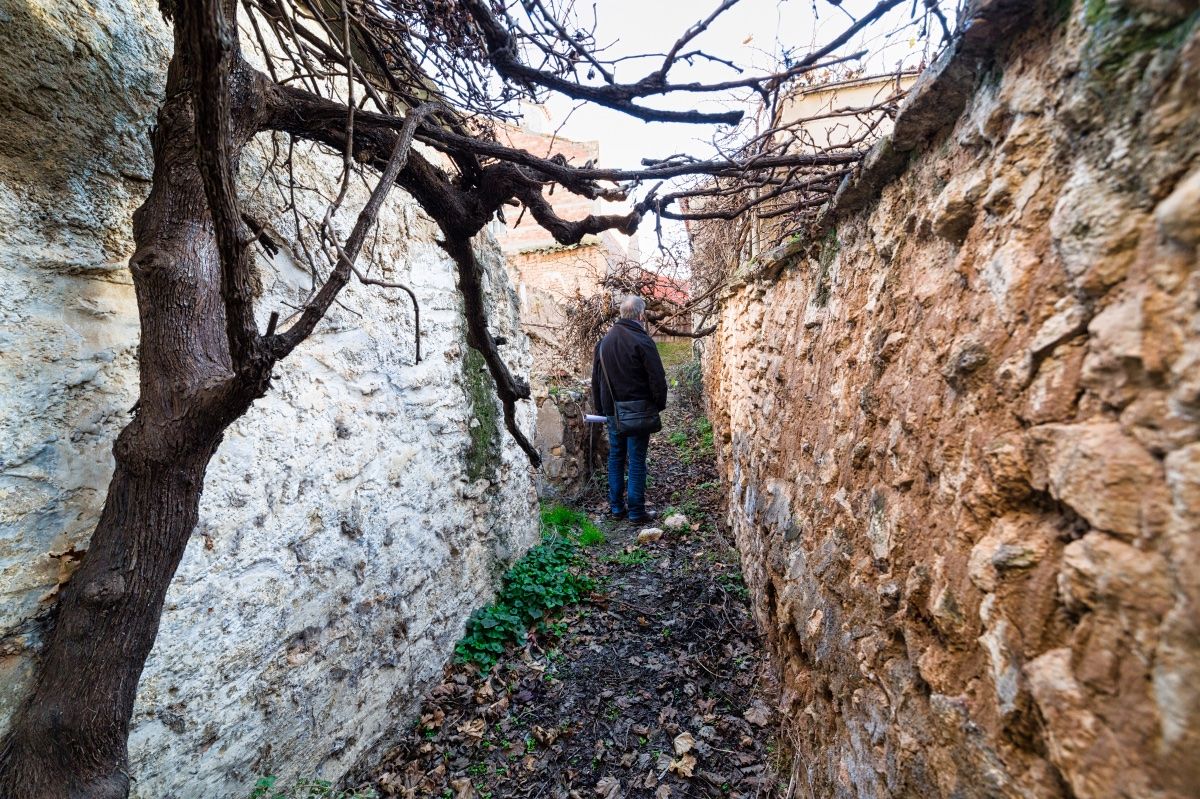
Calle Mayor de la Judería de La Almunia de Doña Godina
Make a glossary of the following terms: Sepharad, synagogue, torah and talmud.
The character
Biographical information from the text
We have read in the biography of Pedro Alfonso that he was baptised by the king of Aragon, Alfonso I, in Huesca. Find out where else he lived, what languages Pedro Alfonso must have known and which other king he worked with, possibly as a doctor. You can help you to document yourself with his voice on Wikipedia.
The works of Pedro Alfonso
Pedro Alfonso’s two best-known works are Dialogue against the Jews and Disciplina clericalis.
In Dialogue against the Jews he attempted to justify his decision to convert to Christianity. He structured it as a conversation between Moses, his old self, and Peter, his new self. Unlike other similar books written at the time, Pedro Alfonso’s book had the advantage that its author had a profound knowledge of both religions, so that his rejoinders in favour of Christianity were better argued. His defence was didactic and sincere, with a conciliatory, moderate attitude, without fanaticism or intolerance.
Disciplina clericalis is made up of more than thirty short stories written with a didactic purpose, as lessons and models of conduct can be drawn from them. This type of story has its origins in the Eastern tradition. In the Iberian Peninsula, during Muslim rule, they were very popular and were later translated into Latin, so it is easy to trace their influence in numerous works of Castilian literature: Count Lucanor, El cantar de mío Cid, La Celestina, El libro del buen amor (The Book of Good Love), etc.
One of the stories written by Pedro Alfonso in his book Disciplina clericalis is reproduced below. As in other stories in the book, the author uses animals to present his teachings.
Said an Arab to his son: “If you see that someone is involved in bad things, do not get involved, for it happens that the one who drops the pendulum sees it fall on him”.
Example of the man and the snake
Someone passing through a forest saw a snake which some shepherds had tied to sticks after forcing it out of its natural contortion; the wayfarer, after releasing it, warmed it and the snake, once warm, began to coil itself around its saviour, until it was on the point of choking him. Then the man said to it: “What are you doing, why do you return evil for good? To this the serpent replied, “I do nothing but what is in my nature”. And he said, “I have done you good, and you repay me with evil. While they were arguing in this way, they called a fox as an arbitrator and told him all that had happened. Then the fox said, “I cannot judge this cause by hearsay alone, unless I see, first, with my own eyes, what happened.” The snake was bound as it was before. “Now,” said the fox to him, “escape if you can; and you man, don’t you be busy untying snakes; don’t you know that whoever lets go of the pendulum sees it fall on him?
What do you think is the lesson of this story? Search the web for other similar stories, fables starring animals. Look at their nationality and by whom and when they were written. You will see that there are some by very ancient authors, from classical Greece (Aesop), and more modern ones, from the 17th and 18th centuries (La Fointaine, Iriarte, Samaniego).
Do you remember any stories that were told to you as a child starring animals and did these stories, such as The Three Little Pigs, have morals or teachings?
Part of the stories in Disciplina clericalis is aimed at exemplifying the wickedness of women. This anti-feminist attitude, popular at the time, is very common in the medieval European storytelling tradition as well as in biblical and Eastern texts.
Find out where the book of The Thousand and One Nights was written and what it is about. Do you see any connection with the tales of Pedro Alfonso?
Influence of Pedro Alfonso
Later impact of his work
His work Dialogue against the Jews was used as an intellectual reference against Judaism in later centuries. As for the Disciplina clericalis, its stories were taken up more or less literally in other successful collections of tales in the Iberian Peninsula, such as Count Lucanor by the Infante Don Juan Manuel or the Book of Good Love by the Archpriest of Hita, and had a decisive influence on the later work of famous writers from all over Europe such as Bocaccio, Dante Alghieri, Chaucer, Cervantes and Lope de Vega.
Locate any fragment of Count Lucanor or the Book of Good Love that can be related to Pedro Alfonso’s publications.
Of his scientific work, only four chapters of astronomical tables preceded by an introduction and a prologue, published in 1115, have come down to us. Through his writings, translations and teachings, Pedro Alfonso contributed to the dissemination of Arabic science in the West. It is known that during his stay in England, where he astonished the court by predicting a lunar eclipse, he had as a pupil Walcher, a cleric and astronomer. His pupil may also have been Adelard of Bath, who is considered the disseminator of the astronomical tables of al-Khwarizmi.
Search for information on the internet about these English scientists, propagators in the West of Eastern theories on the measurement of the movement of the stars, and write short biographies about them.

DIRECCIÓN GENERAL DE POLÍTICA LINGÜÍSTICA
Departamento de Educación, Cultura y Deporte
Parque Empresarial Dinamiza (Recinto Expo)
Avenida de Ranillas, 5D - 2ª planta
50018 Zaragoza
Tfno: 976 71 54 65
Colabora:


